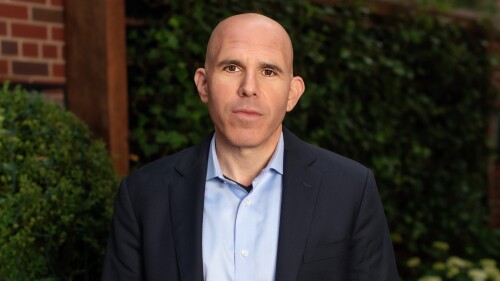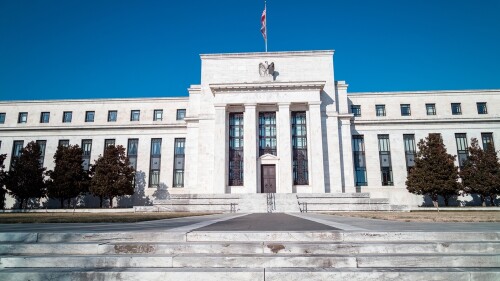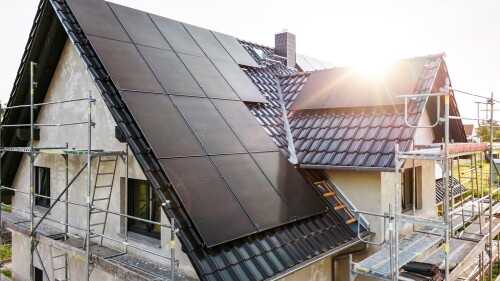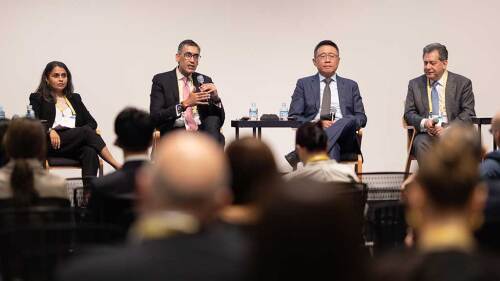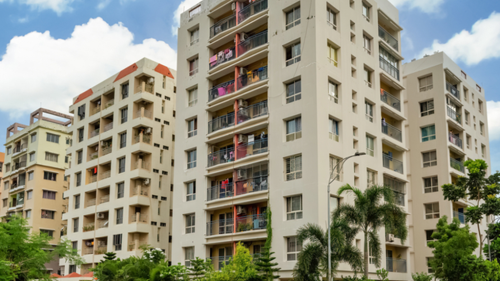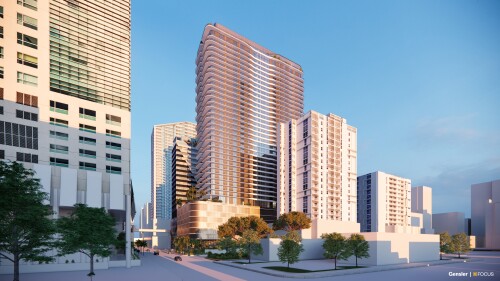Capital Markets and Finance
On Thursday, CREW DC, AAREP DC, and ULI Washington delivered the third and final program in a series intended to demystify valuations and provide practical insights on negotiating equity and debt.
RXR CEO and Chairman Scott Rechler, in a recent ULI members-only webinar with ULI Foundation Chair Faron A. Hill, described the challenges and opportunities ahead as an epic, unavoidable storm. “That hurricane … eventually, it’s going to hit land,” Rechler warned. “The question is when it hits, how hard it hits, and where it hits the hardest.”
The final day of the 2024 ULI Asia Pacific summit in Tokyo featured a capital markets panel with leaders from both European and North American funds, who shared their insights into the region’s real estate markets—and how those markets stack up against their global counterparts.
In an economy where higher interest rates continue to squeeze the livelihood of commercial real estate market participants everyone is keeping a close watch on economic indicators that could signal a shift in Fed policy.
Since global central banks began hiking interest rates in 2022, Japan’s lower cost of capital has made it a magnet for global investors seeking deals in one of the very few major markets still offering positive yield spreads.
In the session “Financing Tools to Make Affordable Deals Pencil” at the 2024 ULI Housing Opportunity Conference, panelists shared a variety of tools and strategies designed to support the production of more affordable housing.
For many years, India’s real estate markets languished in the shadow of booming Mainland China, with investors flocking there to buy real estate and tap into emerging demand. More recently, as China has struggled to mediate structural oversupply in real assets, investment flows are moving increasingly in a southerly direction. A panel at the ULI’s 2024 Asia Pacific Summit in Tokyo addressed the dynamics of current investment landscapes in each market.
With investors across the Asia Pacific continuing to avoid mainstream asset classes as they seek out higher returns and more reliable income streams, attention has turned increasingly to “living assets”—a broadly defined concept that includes the multifamily, senior living, and student housing sectors.
It’s no secret that construction starts are down in the current market where higher interest rates are making it tough to pencil out new projects. But, for some developers, the bigger problem these days is sourcing equity versus debt.
The third and final capital markets panel held during ULI’s Spring Meeting, in New York City in early March, focused on borrower experiences. Kyle Bolden, senior audit partner in the Real Estate Hospitality & Construction practice of Ernst & Young, moderated a panel on raising equity amid ongoing market uncertainty. The panelists were Brian Mutchler, managing director of Harrison Street; Jerome Nichols, president of Standard Real Estate Investments; and Jeff Rosen, a principal of Mag Partners.


